Greenhouse Chicken Coop – A Dual Purpose Option
The Woes of Cold Solved with a Greenhouse Chicken Coop
Use the “greenhouse effect” to your advantage to keep your chickens warm.
The frigid temps of autumn and winter are only months away. Now is the perfect time to tackle a solution to keeping your chickens warm when the temperature gauge starts going down.
No more dragging out the portable heater for the coop or watching your electric bill climb with the usage of heaters! By harnessing the power of the sun, you can trap passive solar heat in a greenhouse chicken coop.
Can you put chickens in a greenhouse? Absolutely, yes!
What is a Greenhouse Chicken Coop?
The “greenhouse chicken coop” concept is based on creating something for your chickens that traps the sunlight, which in turn provides heat for your chickens. The structure also acts as a shelter against harsh winds, rain, and snow.
Many experienced homesteaders manage to perfect the beneficial relationships of the sun, chickens, and plants!
While most of us know a greenhouse as a structure to grow and house plants, we also know what a chicken coop is. Combine the two, and you have the greenhouse chicken coop. Now not all greenhouse coops have plants. Some are chickens only. However, the common denominator is the space with incoming sunlight.
One side of the structure is known as the “greenhouse.” This side is constructed with transparent walls and roof to allow the sun in. The other side of the structure is the actual coop where the nesting boxes and roost are located.
You have the greenhouse on the south-facing side and the coop on the north-facing side.
The “Greenhouse Effect”
The transparency of a greenhouse is its biggest feature. Plants inside are exposed to abundant sunlight. Gardeners love greenhouses for the additional protection against the harsh weather conditions as well as pests.
Have you ever noticed when you go into a greenhouse on a beautiful sunny day, the atmosphere is, of course, warm? The earthy aroma is very distinct. The sun is responsible for these things.
As the sun’s wavelengths pass through the exterior of the greenhouse, the soil and plants inside absorb those wavelengths and convert them into heat. This is what’s known as the “greenhouse effect.”
In the winter, the “greenhouse effect” continues to keep the plants inside warm. It will do the same for chickens in the winter!
Greenhouse Chicken Coop Designs
There are endless possibilities to create the ideal greenhouse chicken coop, whether you have backyard chickens or rural free-ranging chickens. It all comes down to the available space you have, your budget, and what you envision as a finished product.
What type of greenhouse chicken coop do you want? If you have a green thumb, perhaps the dual-purpose design is an option. Or, if you don’t want to combine plants and chickens, the chickens-only design is your best bet.
Dual-Purpose: Plants and Chickens
Before building a dual-purpose greenhouse chicken coop, keep in mind that chickens eat, peck, and destroy plants. Plants you want to protect should be screened off to prevent the chickens from accessing them.
What can I plant around my chicken coop that’s safe for my chickens? There are plants that you can grow in and around the greenhouse coop that your chickens will love.
- Beware of toxic plants to chickens. Before planting, be sure to do your homework.
- Ventilation is a must when you combine plants and chickens!
- Chickens do better with frigid temps than plants, so it’s best to provide some form of insulation for the greenhouse side while leaving the coop side uninsulated.
The Benefits of Dual-Purpose Greenhouse Chicken Coops
There are several symbiotic advantages of having a permaculture chicken coop/greenhouse.
- Chickens love bedding down in plants.
- The plants benefit from CO2 (carbon dioxide) emitted by the chickens.
- The chicken’s waste acts as a fertilizer for the plants.
- Plants provide a source of stimulation and enrichment for the chickens. They love things such as lettuce, kale, and other leafy greens.
- Chickens benefit from a warm environment. They maintain and regulate their body heat much better, which encourages egg production.
Chickens Only
So you don’t have much of a green thumb, but love the idea of the whole chicken greenhouse coop thing. You can still create an excellent place for your chickens that provide ample heat and protection.
How Do You Turn a Greenhouse Into a Chicken Coop?
Do you have an old greenhouse sitting unused? You can create a greenhouse into a chicken coop easily! Having the greenhouse frame chicken run area is a great starting point. You can use the greenhouse area as the run and add an enclosed coop for the nesting boxes and roost.
If you like the look and bright feel of a greenhouse, you can also buy them at your local garden center or order one online. With all that light coming through, egg production will be optimal!
This doesn’t work just for the greenhouse to chicken coop conversions, but can also be done with nearly any type of shed. For more information on turning ordinary sheds to chicken coops, see our article here.
As with any other project, you have to go over the “who, what, when, where, and how’s” so you don’t start building something all willy nilly.
Greenhouse chicken coops require directional positioning/placement to maximize the amount of sun. Otherwise, if one is incorrectly positioned, the whole purpose of having this type of coop is defeated. Additionally, the greenhouse coop must be adequately ventilated.
Placement
What side of the house should a greenhouse coop be on if you have backyard chickens?
- The Greenhouse-Side Faces SOUTH
- The Coop-Side Faces NORTH
- This provides a cooler place for the chickens when the greenhouse becomes overheated.
- Nesting boxes should be positioned on the far north wall of the coop.
Ventilation
Regardless of what style of greenhouse chicken coop you build, it’s vital to have proper ventilation incorporated. In the hot summer months or on sunny winter days, heat can quickly build up in the greenhouse side of the coop. Mold also becomes an issue in a greenhouse that lacks ventilation. Chickens exposed to mold develop disease, which can be fatal.
Roll-up sides of plastic greenhouse wall covering are a great solution. Incorporating windows, doorways, or electric ventilation fans are great ways to ensure your chickens don’t overheat.
The Last “Cluck”
You are the artist in charge of creating your own masterpiece with any project you undertake. We have merely highlighted just a few things to get the creative juices flowing.
“When you build it, they will come!” Your chickens will love you for providing them a warm sunny shelter in the middle of winter!
Happy “chickening!”

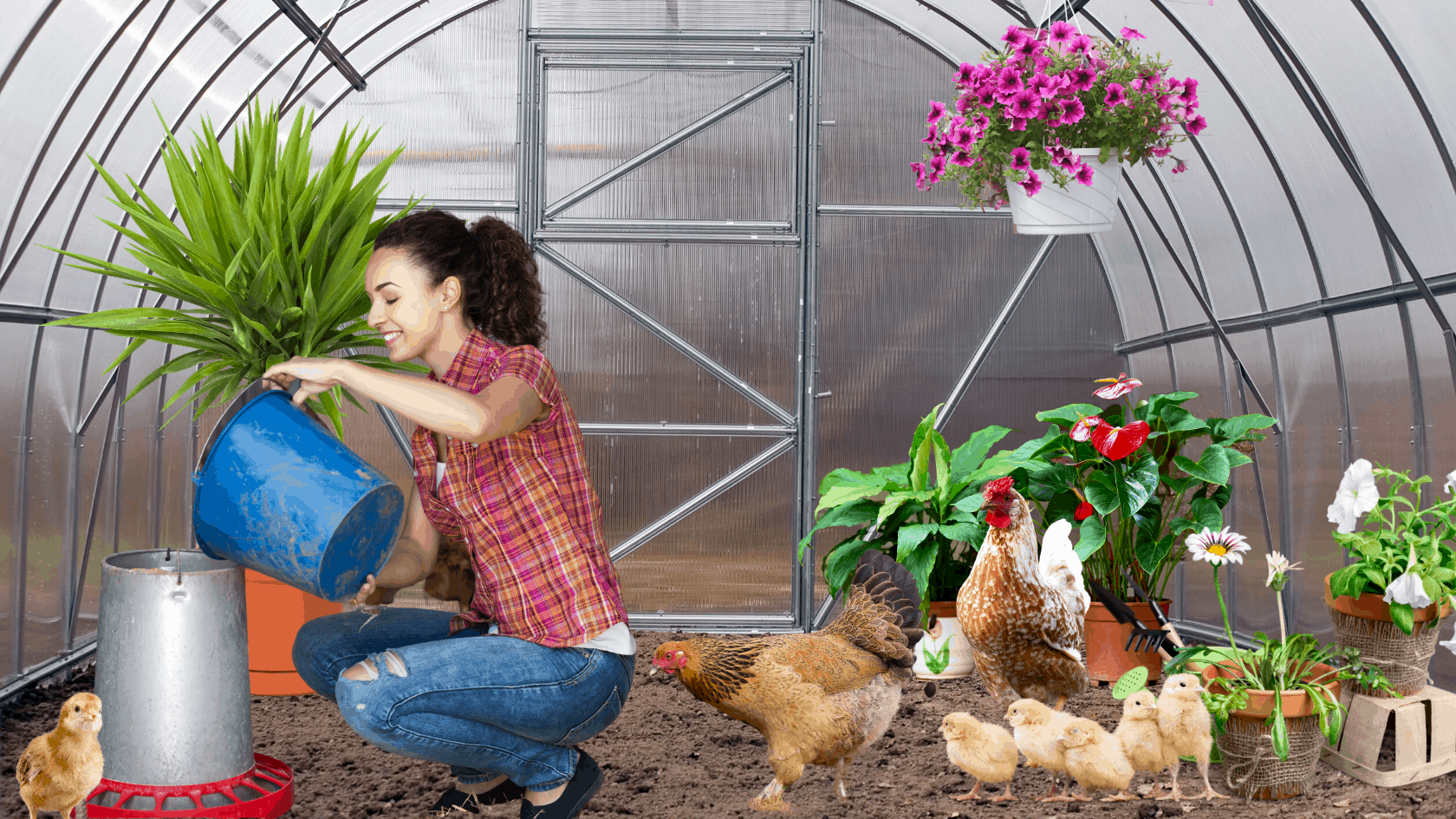

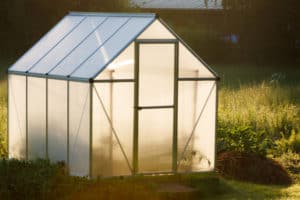


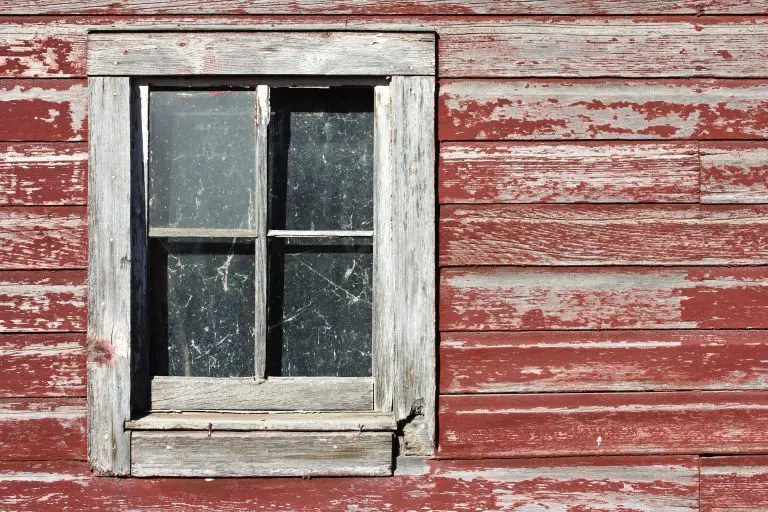
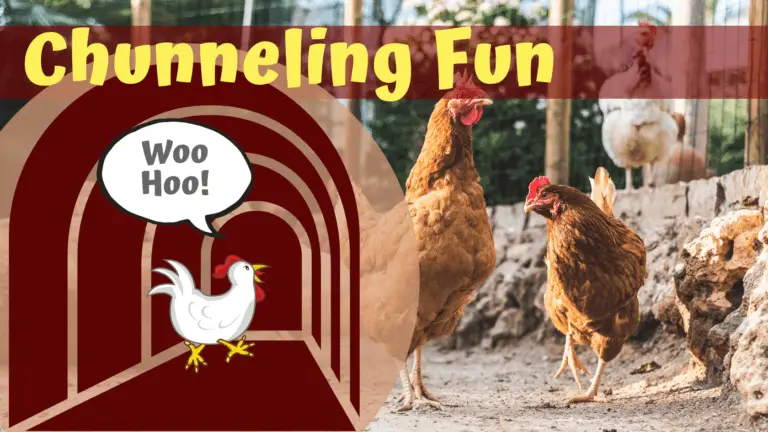
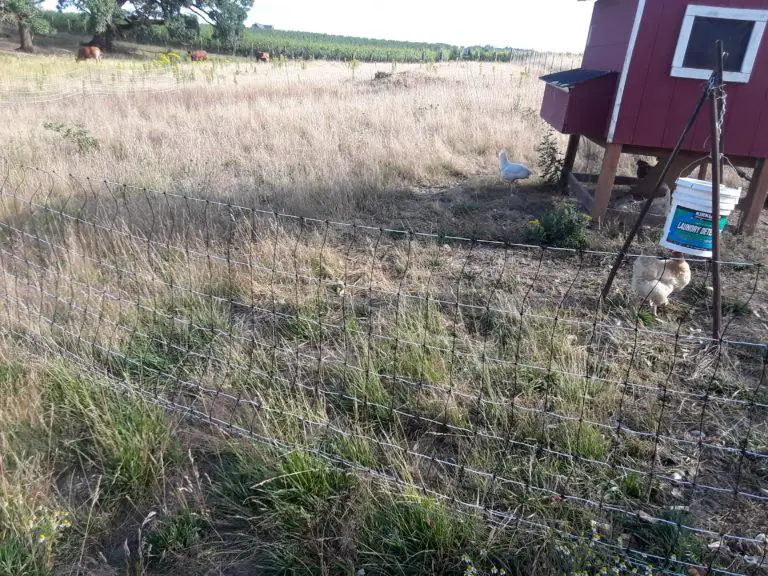
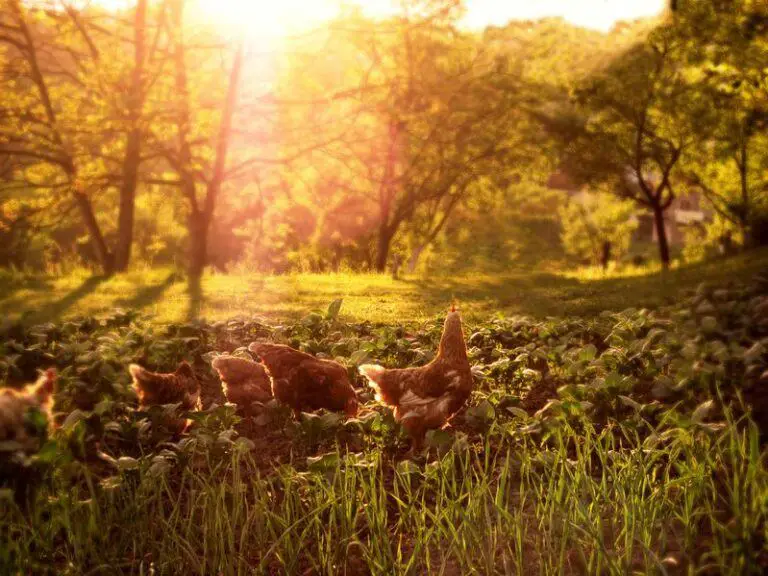
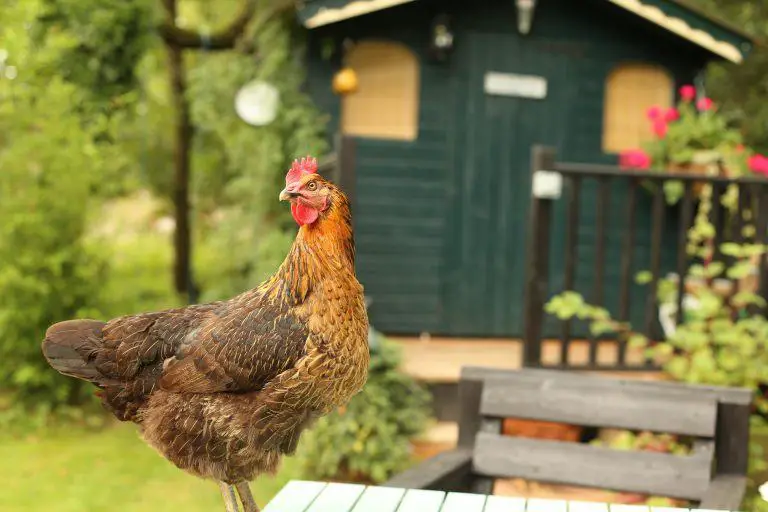
Love the post!-I have been trying to research this topic. I do have a question. I am planning on building a chicken coop greenhouse. My question is about ventilation. My plan is for a greenhouse that faces south with a 9’ central wall that separates the chicken coop on the north side. I plan on having a vent high up in the central wall that separates the coop from the greenhouse. Should the coop vent into the top of the greenhouse (the greenhouse will have roof vents that will open automatically to release extreme heat) or should I vent it outside due to the moisture that chickens put off? I want to keep the heat and carbon dioxide in for the plants and some moisture but am unsure of how much moisture a dozen chickens will put into the air. I want to keep moisture in as well but not to where there is a lot of condensation to the extent of frostbite danger). I’m not worried about mold in the summer since I will have other window sized vents on the other chicken coop walls (which will be closed in the winter). I live in the Midwest so we get below freezing from November-March. Thank you for any help you can give me.
Hello Andria and thanks for your question! I hope I’m understanding it correctly. It seems to me you’re on the right track. I like the idea of venting from the coop to the greenhouse side. If it’s getting problematic and hard to regulate moisture/heat balance between the coop and greenhouse, that vent could be closed off. Then install a vent to the outside instead. It’s sort of a “lets try this and see what happens” approach, but allows you to give your plan a try. I wouldn’t think a dozen chickens would give off too much moisture, and if you have vents installed in the coop side already, that should greatly minimize moisture issues. Thanks for the comment and best of luck!